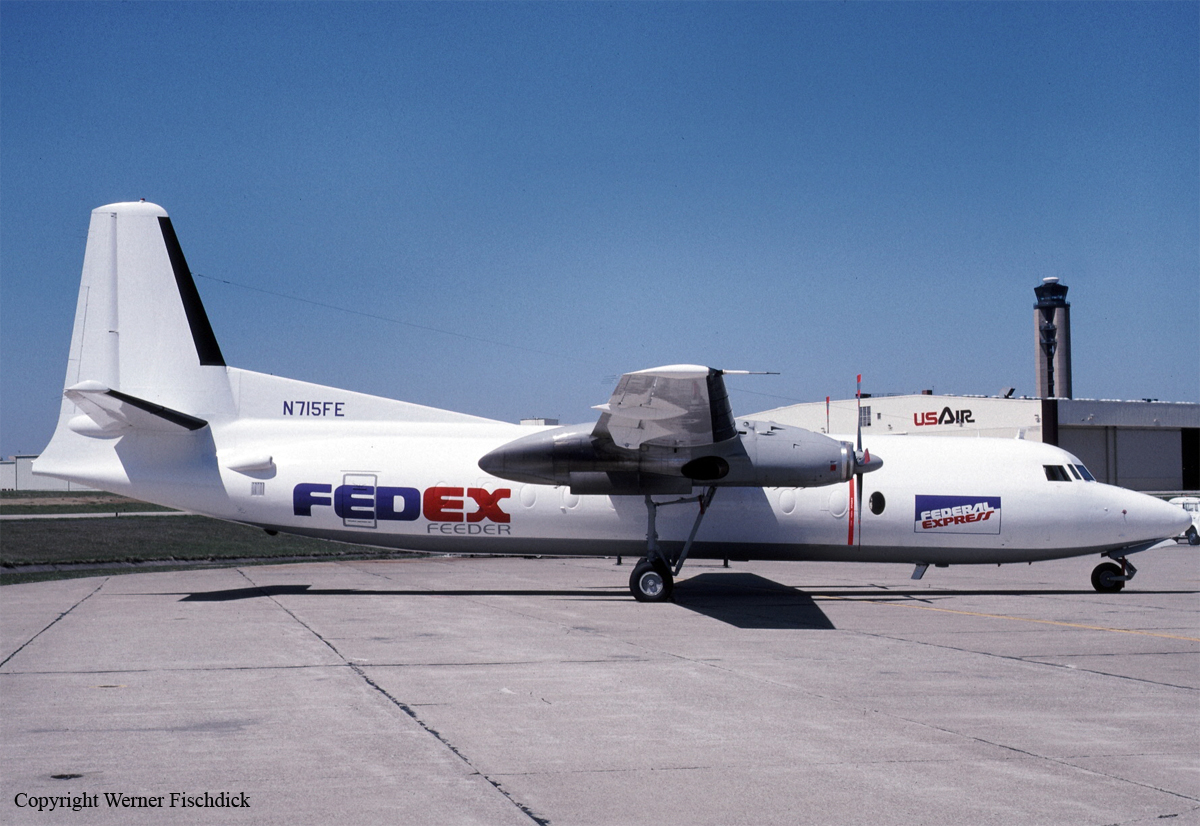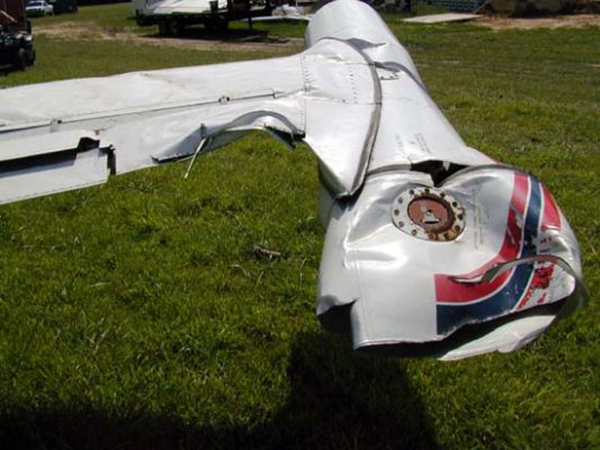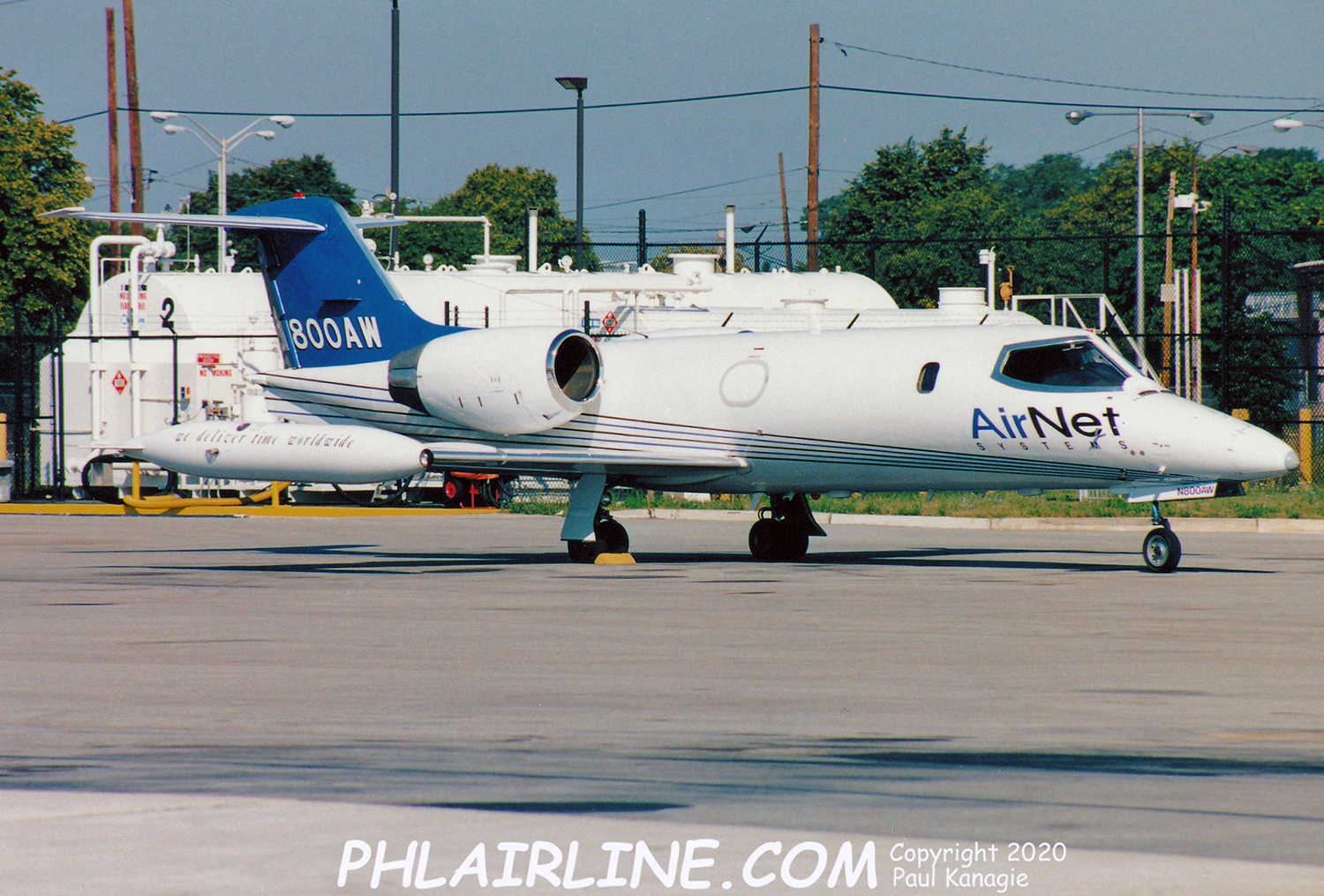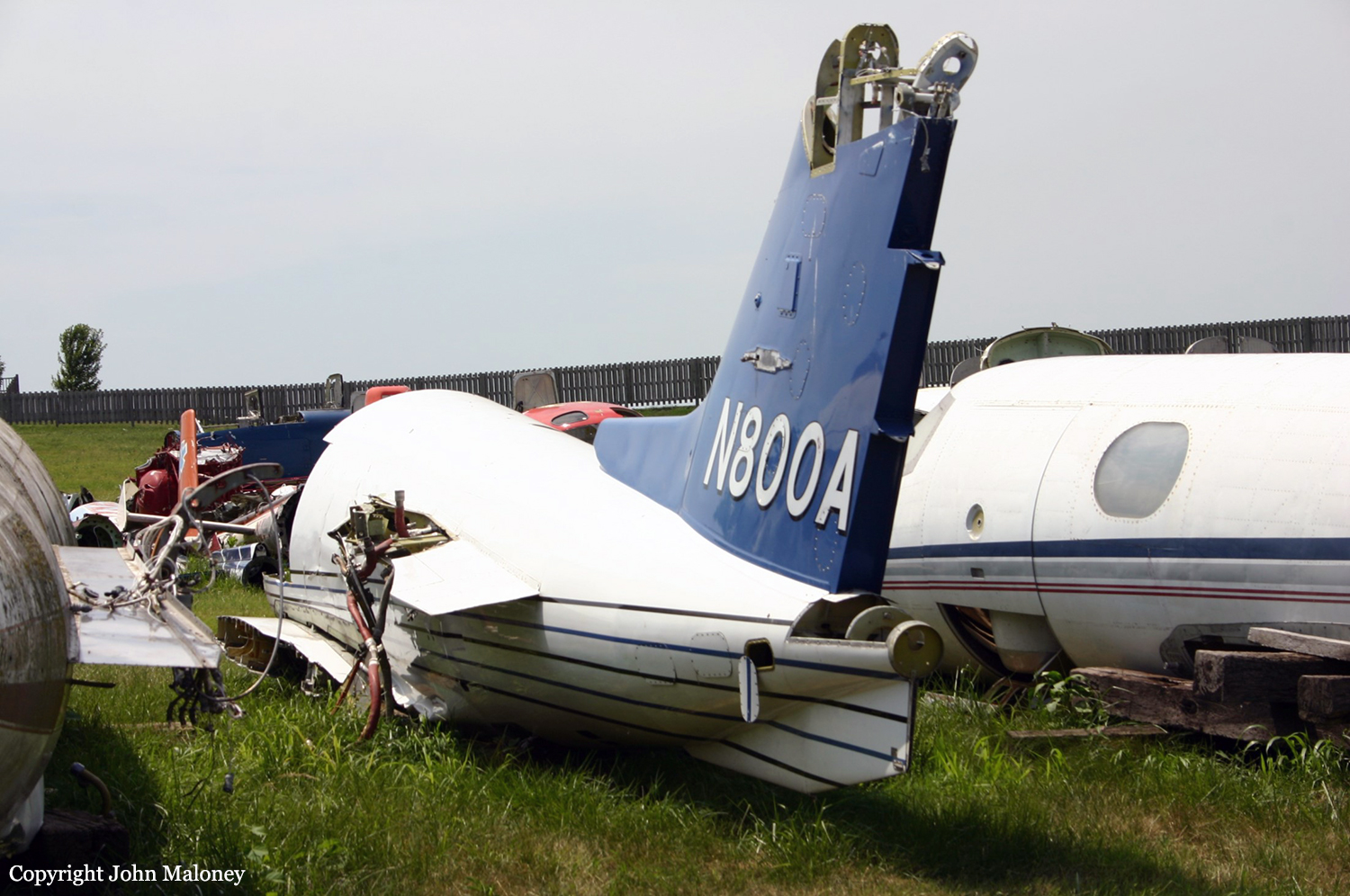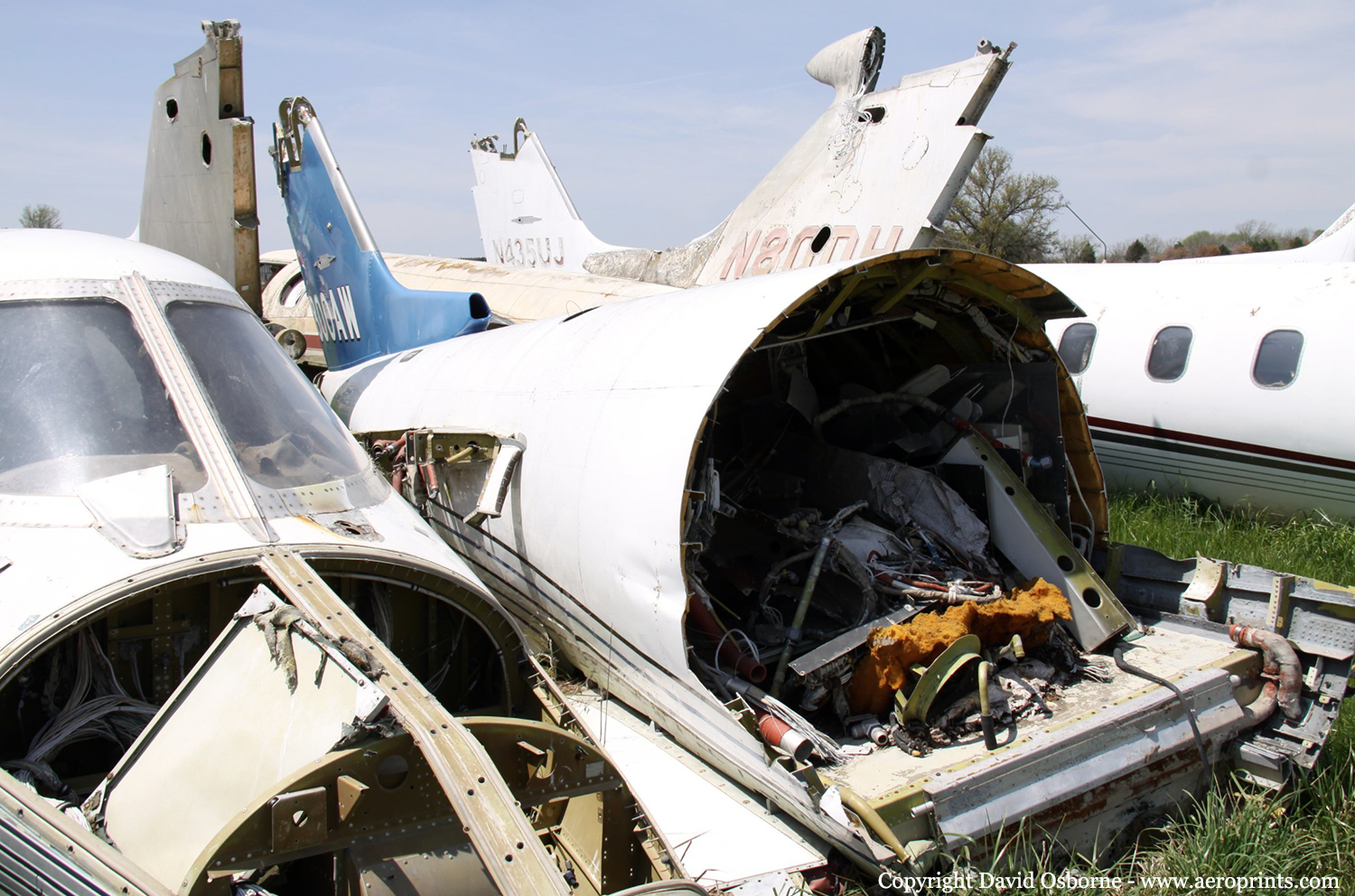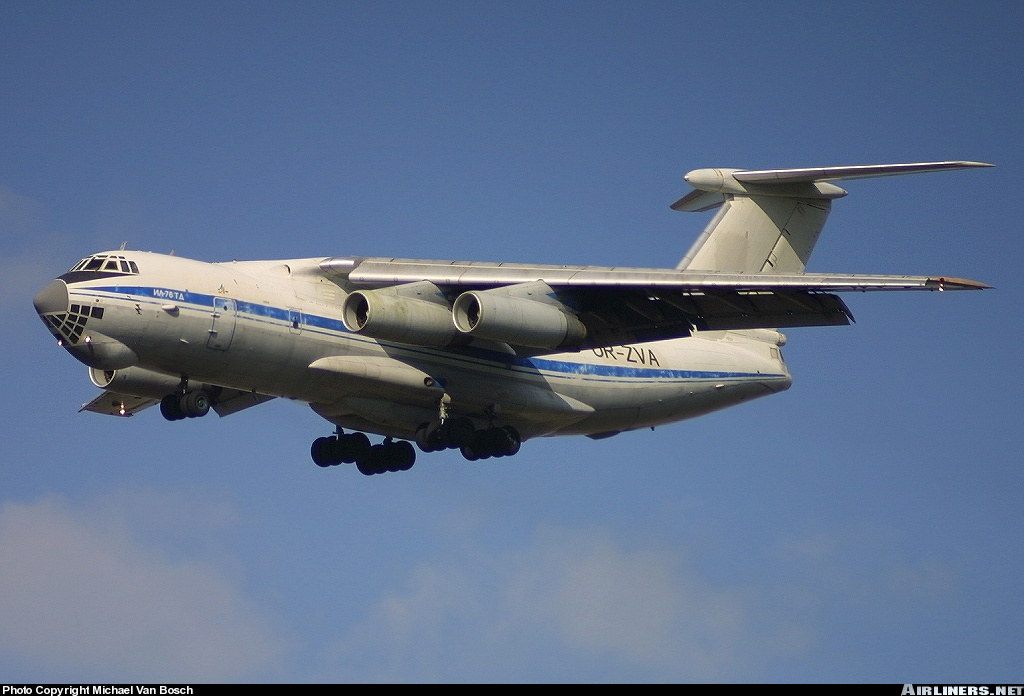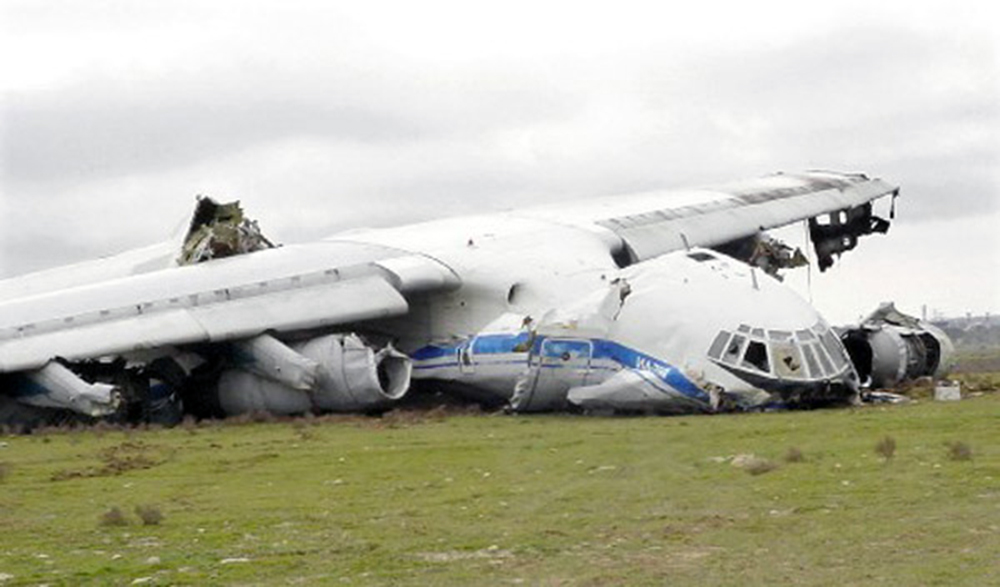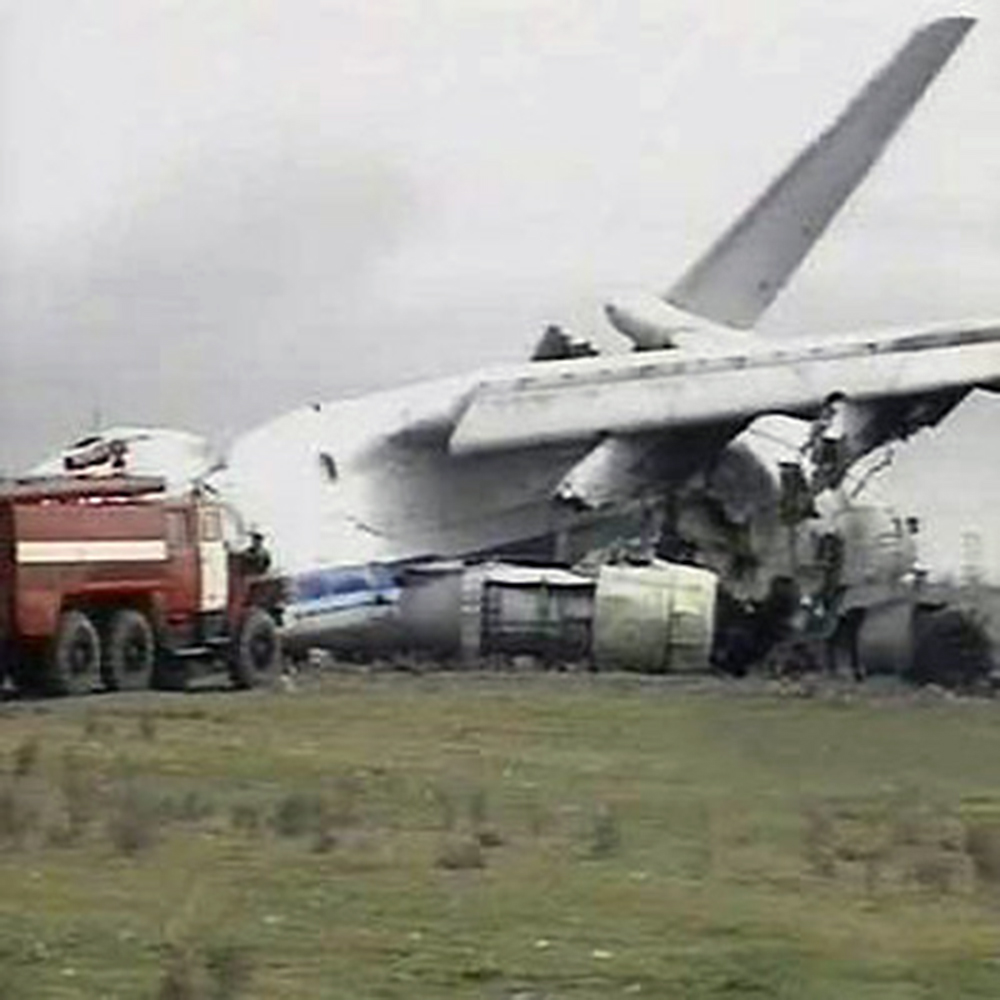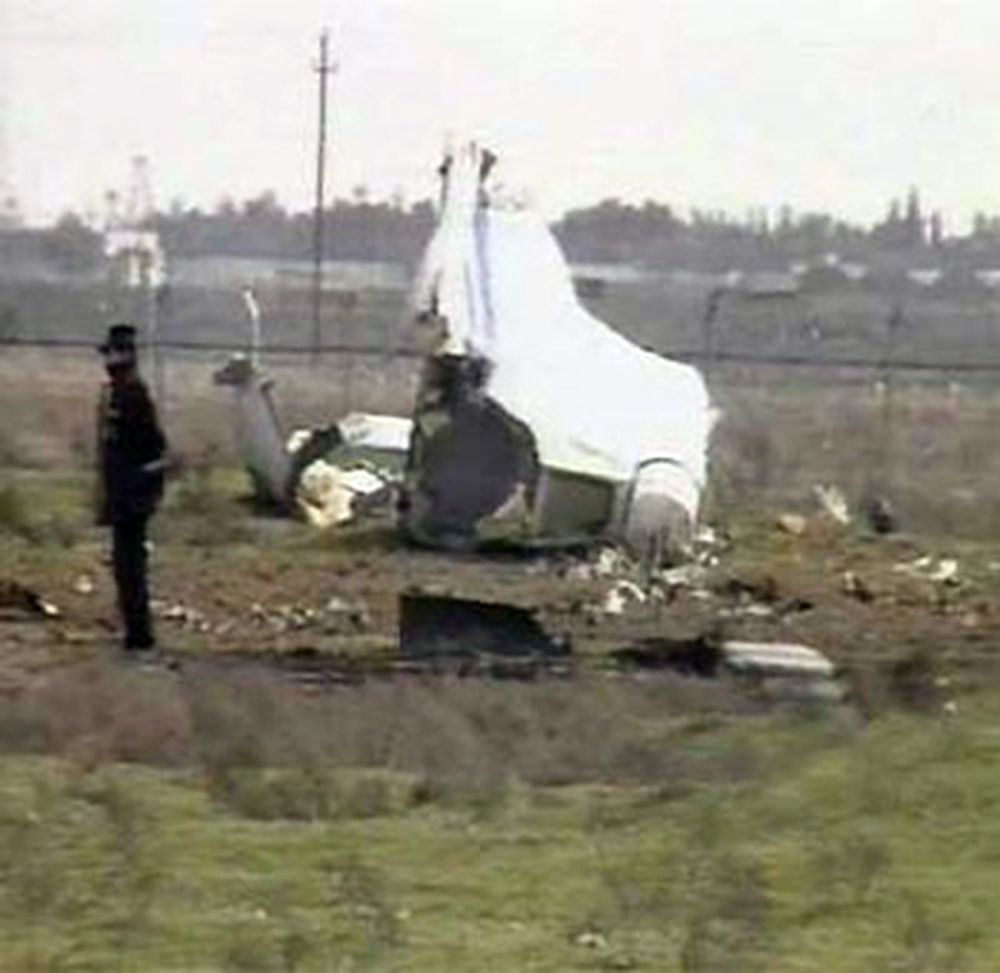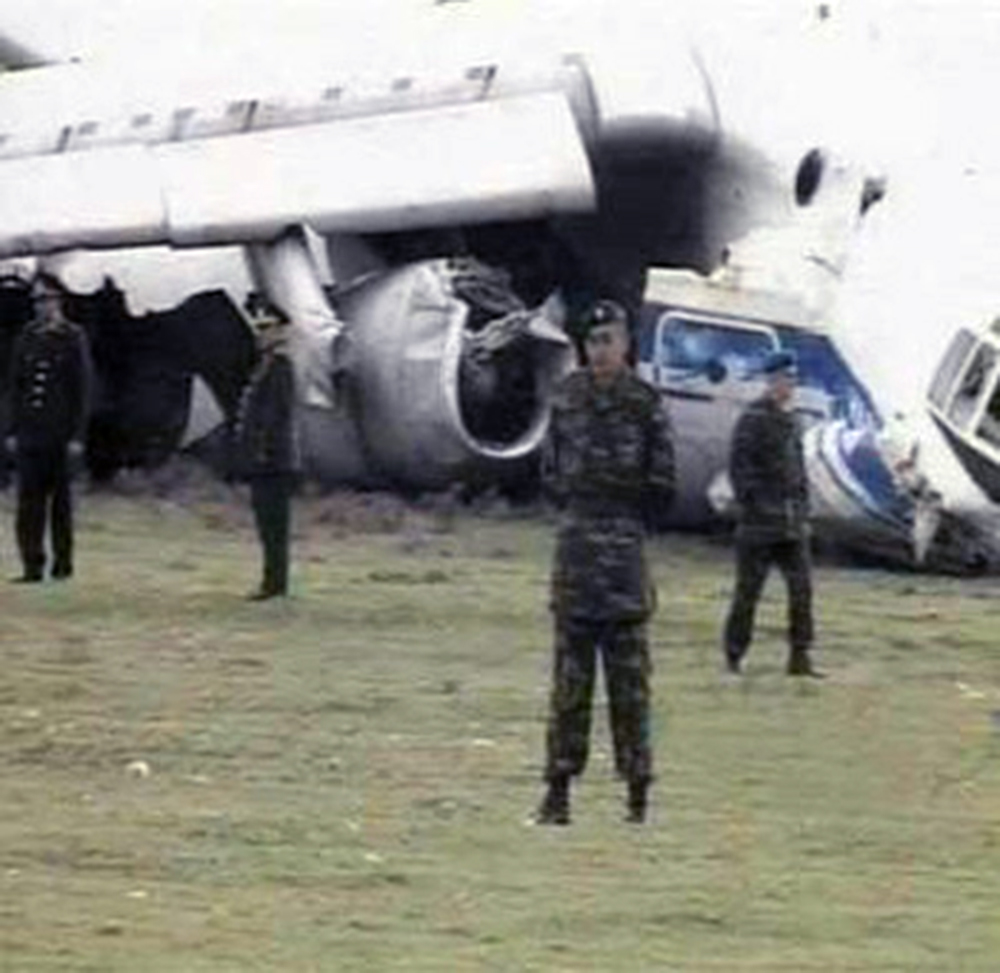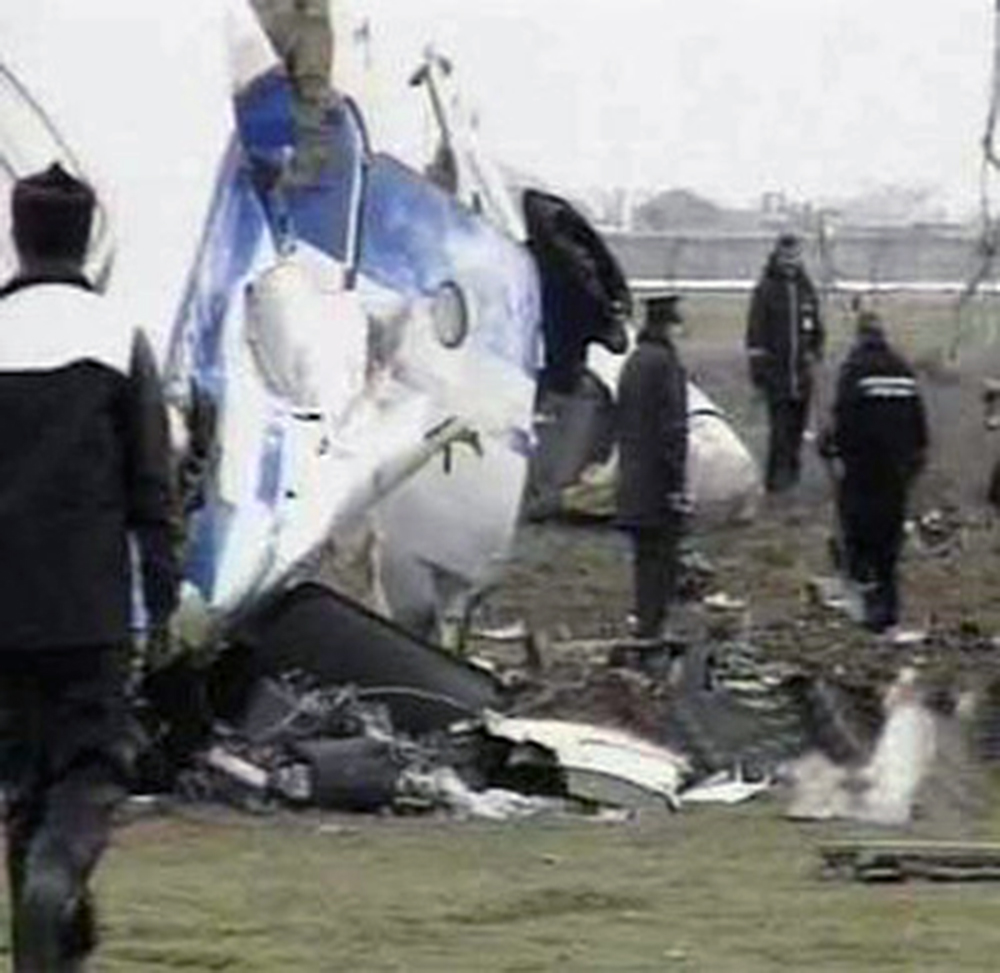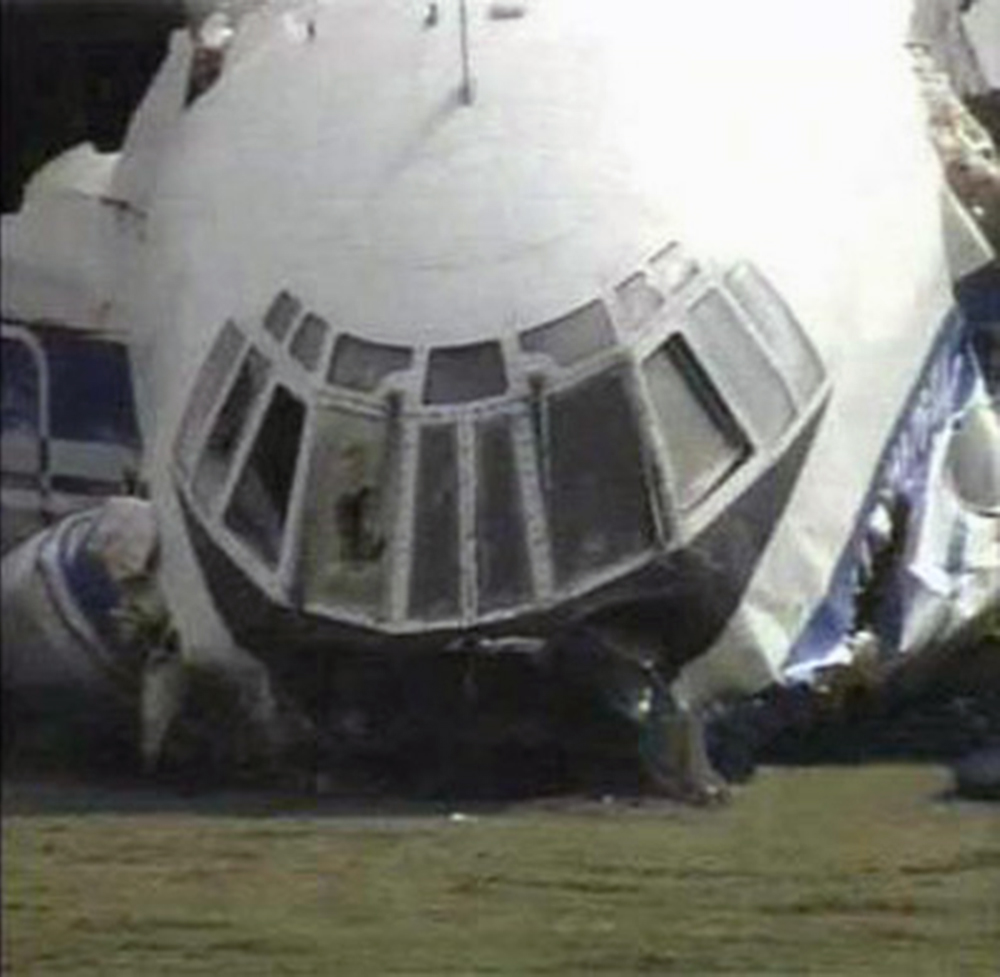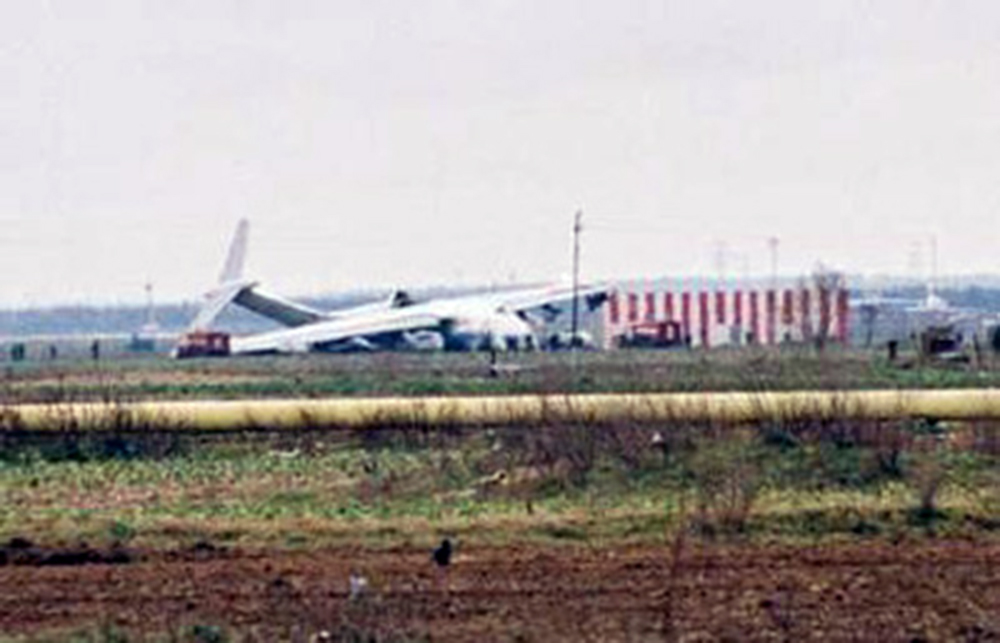Crash of a Fokker F27 Friendship 500 in Melo
Date & Time:
Apr 27, 2004 at 0415 LT
Registration:
N715FE
Survivors:
Yes
Schedule:
Buenos Aires – Porto Alegre – Campinas
MSN:
10468
YOM:
1971
Flight number:
FDX7145
Crew on board:
3
Crew fatalities:
Pax on board:
0
Pax fatalities:
Other fatalities:
Total fatalities:
0
Circumstances:
The crew departed Buenos Aires-Ezeiza-Ministro Pistarini Airport on a night cargo service to Campinas-Viracopos with an intermediate stop in Porto Alegre. While cruising at an altitude of 17,000 feet, smoke was detected in the cargo compartment. The crew elected to extinguish the fire but without success. The crew contacted ATC, declared an emergency and attempted to divert to Montevideo Airport but ATC suggested the crew to divert to Melo which was the nearest airport. As this airfield was closed to traffic at this time, ATC contacted a night guard who switched on the runway lights and alerted the local emergency services. The aircraft landed 340 metres past the runway 07 threshold and stopped 640 metres further. The crew evacuated via the cockpit windows and was uninjured. The aircraft was damaged beyond repair.
Probable cause:
Numerous oil samples, plant tissues, and several animals that were transported, would have reacted on contact with an exothermic chemical reaction and associated combustion. The event originated with the spilling of liquid from containers not suitable for differential pressure, with little excess capacity for expansion and filled with indiscriminate materials. Low stringency in filling forms for description of product delivered for shipment in company offices and little control or careless handling of the load would have contributed to the occurrence of the accident.
